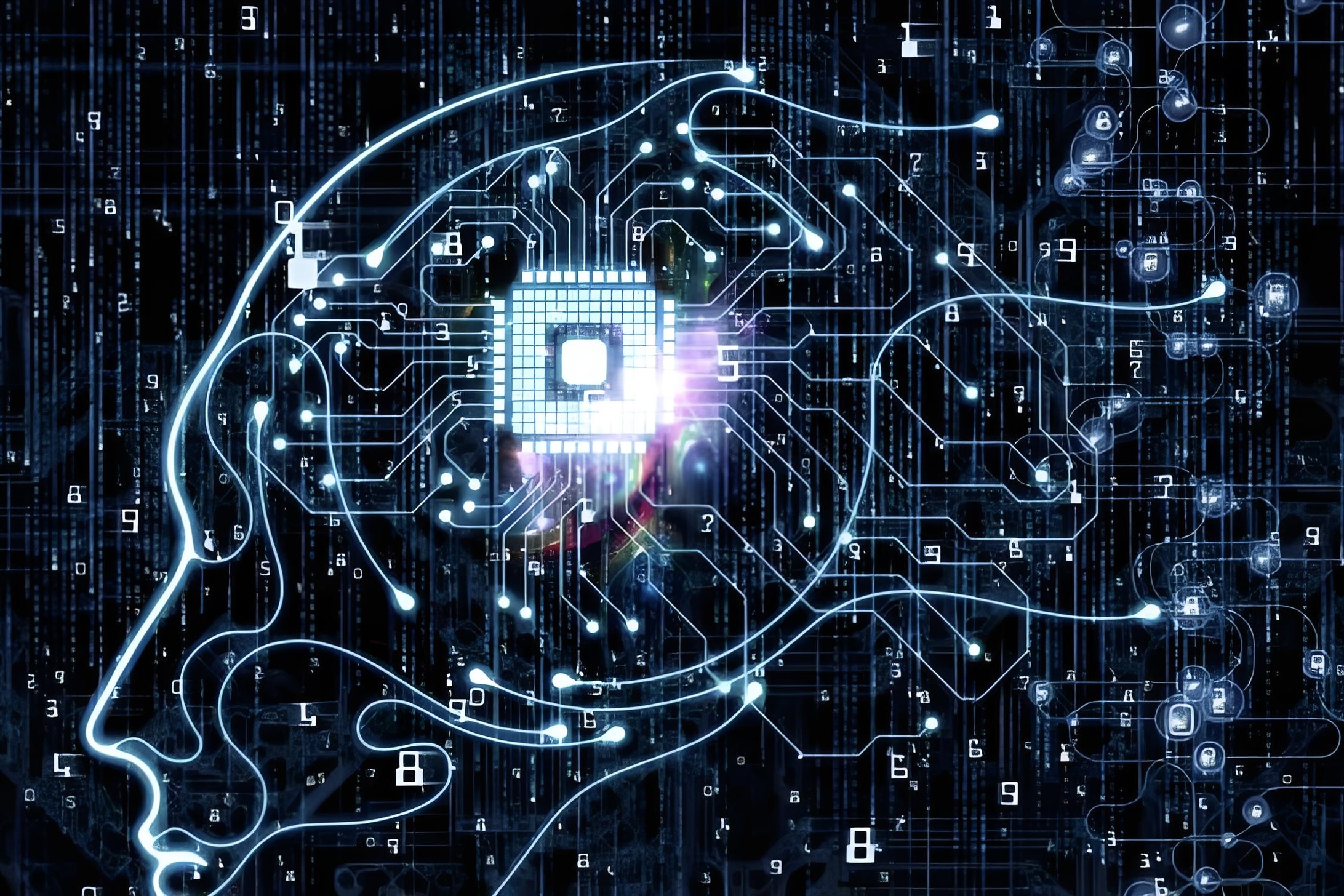2025-08-19

1. Early stage of basic research (18th century to early 20th century)
1780: Italian anatomist Luigi Galvani discovered that when the tip of a surgical knife comes into contact with the nerves of a frog's leg, the static motor emits an electric spark, causing the frog's leg muscles to contract violently. This is the first observation in human history of the propagation of action potentials, laying the foundation for future electrophysiological research.
1924: German psychiatrist Hans Berger successfully recorded human brain electrical signals for the first time during neurosurgery. In the following years, through experiments on patients and healthy individuals, he demonstrated that these currents originate from the human brain.
2. Concept Introduction and Preliminary Exploration Stage (1960s to 1970s)
1963: Dr. Grey Walter from the Burden Neurological Institute in the UK conducted the first successful brain computer interface (BCI) experiment. He connected the patient's electrodes to a 'potential converter', which detects an increase in motor cortex potential when the patient intends to replace the slide. The potential converter transmits signals to the slide projector to achieve automatic slide changes.
In 1973, Professor Jacques Vidal of the University of California, Los Angeles published the first research paper on brain computer interfaces. He coined the term 'brain computer interface' and developed the world's first brain computer interface system.
3. Scientific verification stage (1990s to mid-2010s)
1995: McMillan and colleagues successfully used steady-state visual evoked potential (SSVEP) BCI for the first time to control the left and right movements of an aircraft.
2008: Nicolelis Laboratory uses monkey signals to control the walking of robots located in Japan. At the same time, scientists from Brown University, the University of Pittsburgh, and the California Institute of Technology controlled robotic arms by recording neural activity. Neurobiologists at the University of Pittsburgh use brain computer interface technology to enable monkeys to manipulate robotic arms to feed themselves.
4. The stage of technological prosperity (from the mid-2010s to present)
In 2016, researchers at Johns Hopkins University School of Medicine developed a robotic finger controlled by signals from the cerebral cortex. At Stanford University, brain computer interface technology enables monkeys to play Shakespeare's classic lines in just one minute.
2024: US company Neuralink implants its brain computer interface chip into human patients for the first time. At the same time, a team from Xuanwu Hospital of Capital Medical University, in collaboration with Tsinghua University School of Medicine, announced that the world's first quadriplegic patient to receive BCI treatment with implanted epidural electrodes has successfully achieved autonomous brain controlled drinking. In addition, the Tianjin Brain Computer Haihe Laboratory has implemented thinking based typing using non-invasive brain computer interface technology.